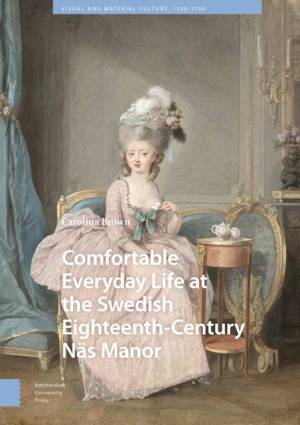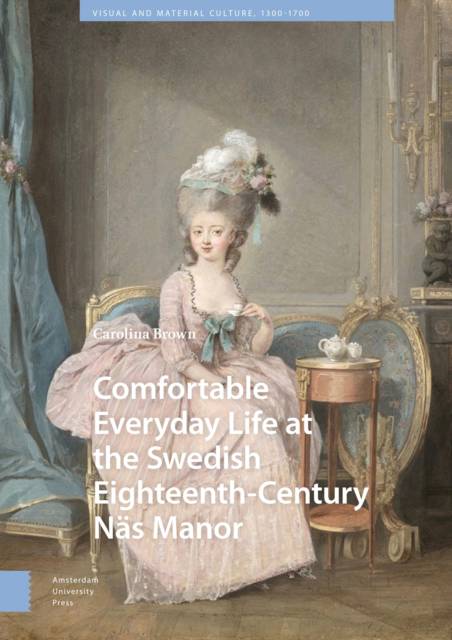
- Afhalen na 1 uur in een winkel met voorraad
- Gratis thuislevering in België vanaf € 30
- Ruim aanbod met 7 miljoen producten
- Afhalen na 1 uur in een winkel met voorraad
- Gratis thuislevering in België vanaf € 30
- Ruim aanbod met 7 miljoen producten
Zoeken
Comfortable Everyday Life at the Swedish Eighteenth-Century Näs Manor
Carolina Brown
€ 175,95
+ 351 punten
Omschrijving
During the eighteenth century, comfortable everyday life becomes a new ideal. The good life was no longer about grand representation or the manifestation of material opulence. The new luxury was instead the comfortably arranged life at home. This book is about the traces of this change, its approach and consequences and its anchoring in the material and social life of the Swedish manor. The comfort revolution of the eighteenth century was clearly associated with both new types of furniture and new ways of furnishing. An important aspect of the development of comfort was the new mobility and flexibility in form and function that the home and its interior now showed. Through the home of the Wadenstierna family on the country estate of Näs, north of Stockholm, the comfortable everyday life is set by their various tables - at writing desks, sewing tables, dressing tables, coffee tables and games tables.
Specificaties
Betrokkenen
- Auteur(s):
- Uitgeverij:
Inhoud
- Aantal bladzijden:
- 320
- Taal:
- Engels
- Reeks:
Eigenschappen
- Productcode (EAN):
- 9789048562374
- Verschijningsdatum:
- 15/07/2024
- Uitvoering:
- Hardcover
- Formaat:
- Genaaid
- Afmetingen:
- 175 mm x 249 mm
- Gewicht:
- 771 g

Alleen bij Standaard Boekhandel
+ 351 punten op je klantenkaart van Standaard Boekhandel
Beoordelingen
We publiceren alleen reviews die voldoen aan de voorwaarden voor reviews. Bekijk onze voorwaarden voor reviews.











